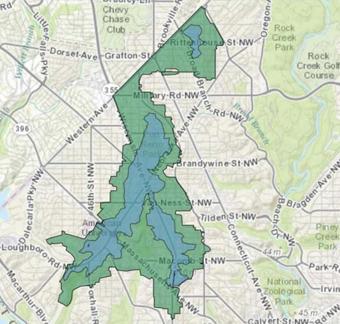DC Water Issues Boil Water Advisory
By • March 13, 2014 0 922

On March 5, the D.C. Water and Sewer Authority issued an advisory, which affected more 1,010 persons, running businesses and living in areas west and southwest of Rock Creek Park. The advisory was a precaution after a power outage yesterday afternoon at the Ft. Reno Pumping Station, which an official told the Washington Post was caused by a switchgear failure. The email alert instructed residents who are experiencing low water pressure to boil water before cooking or drinking as it may be contaminated.
According to the D.C. Water and Sewage Authority, since this advisory was issued, water consumption has been restored in all areas except for upper parts of Northwest D.C., where it will remain in effect until Friday.
Water contamination remains a problem for any major city. According to the Washington Post, D.C. pumps 2 billion gallons from sewers and toilets into the Potomac and the Anacostia Rivers and Rock Creek annually.
The repeated instances and detrimental effects of water contaminated with lead has caused miscarriages, many believe, and needs to be stopped.
The Environmental Protection Agency and the Justice Department ordered D.C. — along with a number of other rainy cities like New York, Philadelphia and Seattle — to stop dumping combined sewer overflow into rivers. This resulted in the creation and construction of the District’s $2.6-billion underground sewage tunnel, also known as “Lady Bird.” Construction on the tunnel began last July 29 and will be finished in stages with some parts opening in 2016 and the bigger sections following in 2018 and 2022.
While the sewage tunnel will fix many of the water contamination issues, it is a big budget item. DC Water’s general manager George Hawkins told the Washington Post, “Our ratepayers are paying for all this…we estimate [there will be] rate increases for the next 10 years, and maybe for 20, and most of that’s for the tunnel.” … “I want our ratepayers to understand that we have to do this, but it’s more important that they recognize the benefits of it…No one will ever see this tunnel, but they’ll see that the river’s cleaner, and down stream in the Chesapeake, it will be a significant difference.”

